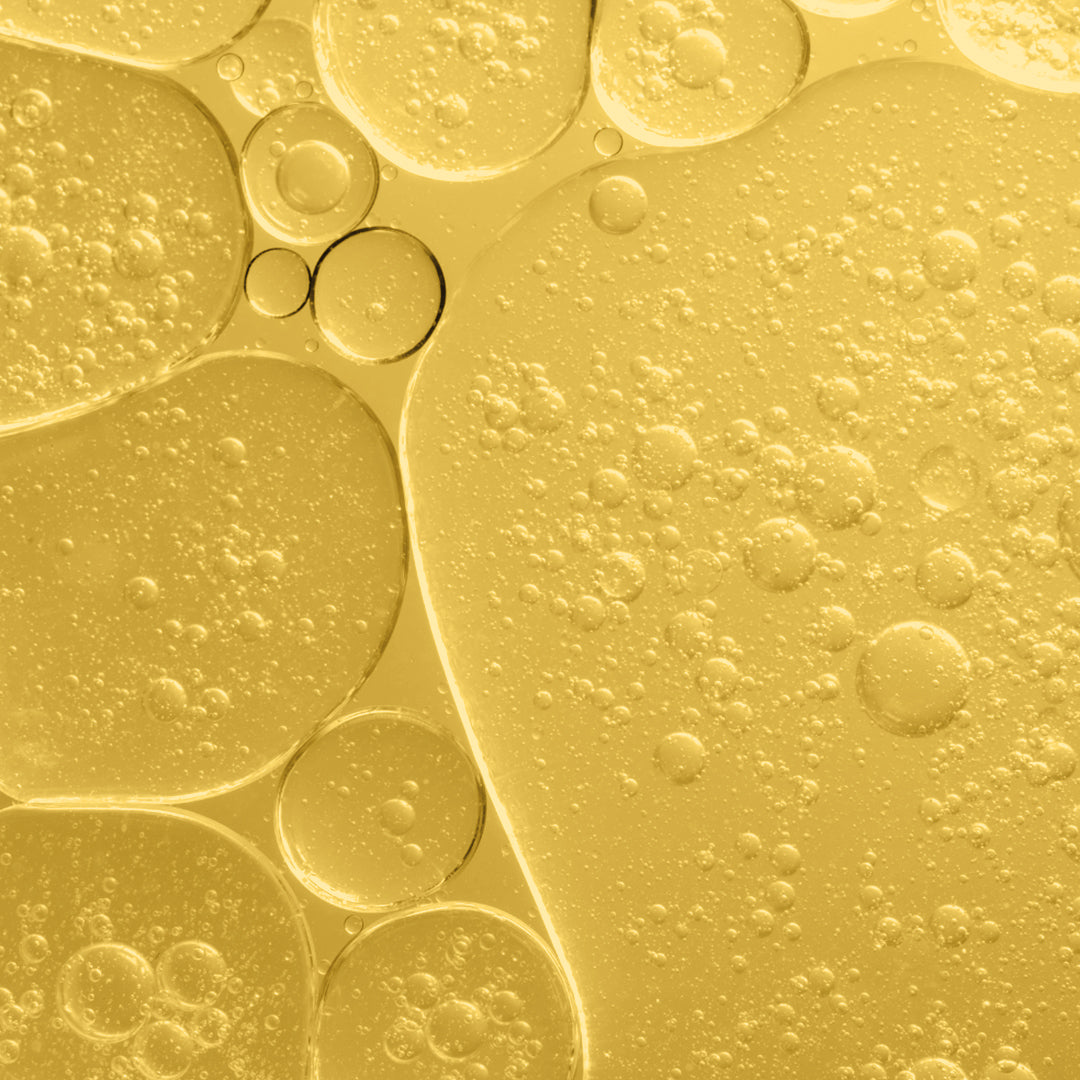历史
乙醇酸属于果酸(AHA)家族,拥有可追溯至古代的悠久历史,据说克娄巴特拉就曾利用酸奶中的果酸来维持她著名的肤质。然而直到 20 世纪 70 年代,乙醇酸才因 Eugene Van Scott 博士和 Ruey Yu 博士的研究而获得科学界的认可,他们发现乙醇酸具有去角质功效,可减淡细纹、皱纹和痘印。这一发现促成了多种利用乙醇酸高效活性的护肤产品的诞生。
科学
乙醇酸(C2H4O3)是分子量最小、结构最简单的果酸,来源于甘蔗。由于分子体积小,相比其他果酸更易、更深入渗透肌肤,因此效果尤为显著。
乙醇酸通过打破老废角质细胞之间的连接键,帮助其脱落,从而显露出下方更新鲜、平滑的肌肤,使肤色更加透亮。通过深入肌肤更深层,乙醇酸还能刺激胶原蛋白生成,这对维持肌肤弹性与紧致至关重要,从而减淡细纹和皱纹。此外,乙醇酸还具有保湿剂特性,能吸引并锁住水分,帮助肌肤保持水润饱满。规律使用乙醇酸可加速细胞更新,这对健康、焕亮的肌肤至关重要,有助于淡化色素沉着并整体改善肤质。
乙醇酸在低至 2% 的浓度下即可用于日常护理,而专业化学焕肤可高达 70%。非处方产品通常含有 5% 至 10% 的乙醇酸,而皮肤科医生操作的疗程则使用更高浓度。乙醇酸的效果还取决于产品的 pH 值,pH 介于 3 至 4 的产品通常更有效,也更易被肌肤耐受。大量研究已证实乙醇酸的益处,例如发表在《Journal of the American Academy of Dermatology》上的一项研究发现,连续 12 周使用乙醇酸护理后,肤质显著改善,细纹和色素沉着明显减轻。
乙醇酸是研究最充分、功效最被证实的果酸之一。它有助于去除老废角质,刺激胶原蛋白生成,并可淡化由日晒或炎症后色素沉着(PIH)引起的褐斑。其效果取决于浓度(4–10% 适合温和日常使用,10–20% 可获得更显著效果,20% 以上则用于专业疗程)以及 pH 值(以 3–4 为佳)。使用果酸产品时务必搭配防晒,因为会增加肌肤对阳光的敏感度。乙醇酸适用于大多数肤质,但极度敏感或易酒糟肌人群可选择更温和的 BHA 或 PHA 产品。
参考文献
- Tang, S.-C., & Yang, J.-H. (2018). Dual Effects of Alpha-Hydroxy Acids on the Skin. Molecules, 23(4), 863.
- Ditre CM, Griffin TD, Murphy GF, Sueki H, Telegan B, Johnson WC, Yu RJ, Van Scott EJ. Effects of alpha-hydroxy acids on photoaged skin: A pilot clinical, histologic, and ultrastructural study. Pt 1J. Am. Acad. Dermatol. 1996;34:187–195.
- Usuki, A., Ohashi, A., Sato, H., Ochiai, Y., Ichihashi, M., & Funasaka, Y. (2003). The inhibitory effect of glycolic acid and lactic acid on melanin synthesis in melanoma cells. Experimental Dermatology, 12(Suppl. 2), 43–50.

